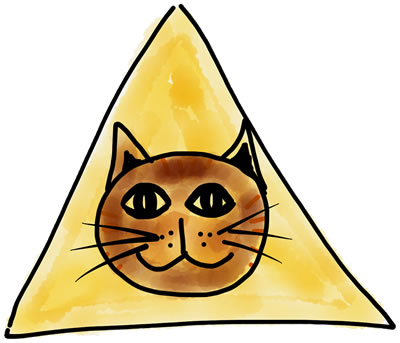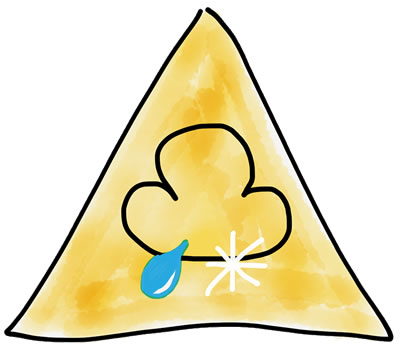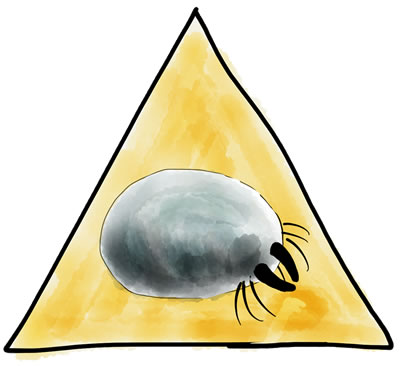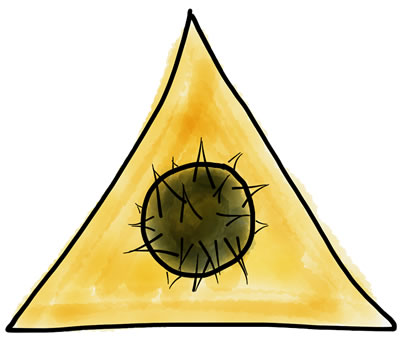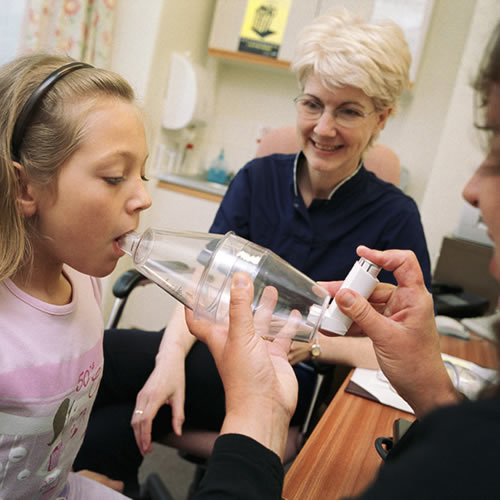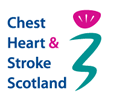Sometimes a child will have an asthma attack and need emergency treatment before they have been officially diagnosed with asthma. This will be frightening for you and for them. Signs to look for can include the following:
- You may notice your child’s breathing becomes a real effort.
- Have a look to see if their chest, tummy or neck muscles are pulling in when they take a breath.
- Are they breathing much faster than normal?
- Are they struggling to breathe? If they have an inhaler take 4 puffs of their reliever (blue inhaler) medicine.
If they are no better they may need an emergency dose of the reliever inhaler if they have one. This can be given as 10 puffs through a spacer device following the inhaler technique advice. See the video in ‘A practical guide to inhalers‘ on using an inhaler with a spacer.
This is an emergency dose of medicine and if you need to repeat it within 4 hours or give it twice within 24 hours at home, you need to seek medical advice.
After an asthma attack you should always have your child checked by a doctor or asthma nurse as soon as possible, even after the child recovers with the reliever inhaler. Your doctor or asthma nurse may want to review what happened during the attack and use an asthma plan to help you to manage their asthma and reduce the risk of further attacks.
